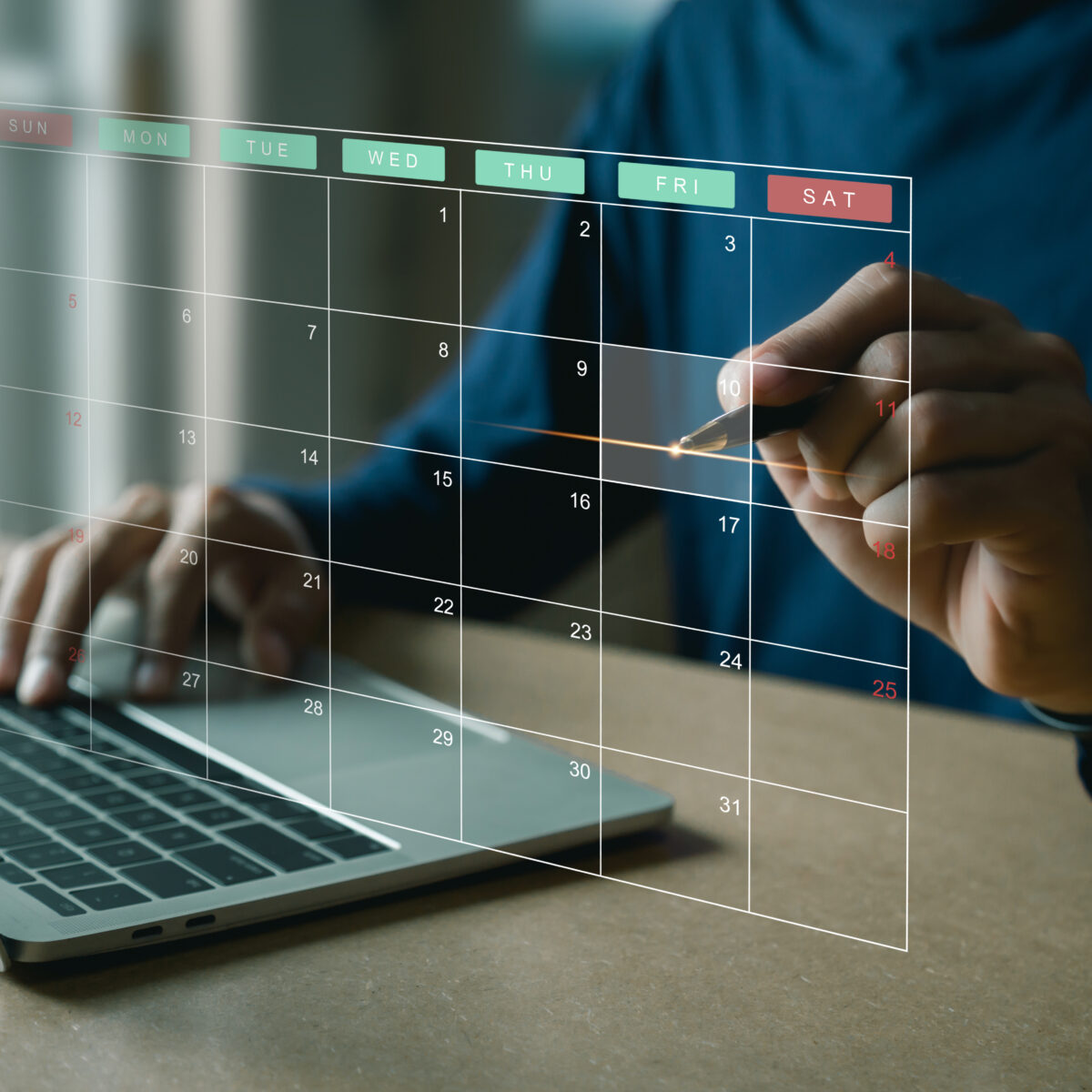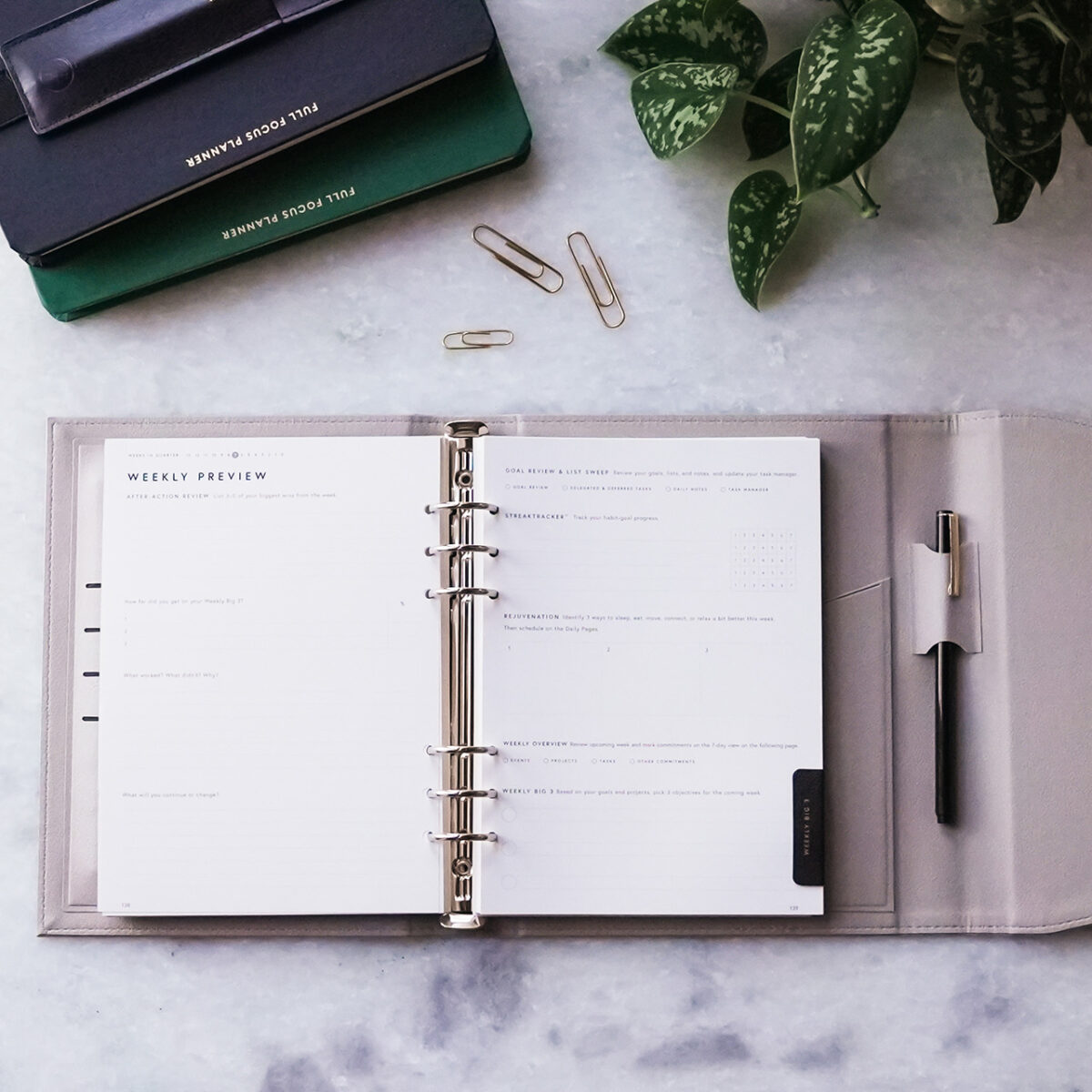Plus 3 Ways to Put It to Work for You
We all know that sitting for long periods of time isn’t good for our bodies. Standing boosts our energy and our mood. That’s why I use and recommend a standup desk.
But there’s more to it than more time on your feet. It’s also important to get those feet moving. Our bodies just aren’t designed to sit for hours on end, hunkered over a keyboard.
Taking a Break
I’m intentional about staying hydrated during the day. At the risk of TMI, that means frequent bio breaks. I have a restroom next to my office, but I use the excuse to take ten or fifteen minutes away from what I’m doing.
My office is out back, so I go to the house and see what Gail is up to. I play with our dog. And I get another glass of water.
The truth is—we all need to periodically step away. We skip breaks in the name of “getting more done,” but when we don’t break from our work, our productivity suffers. We lose focus. We start making small mistakes and even forget things altogether.
Our bodies have a natural ebb-and-flow response to stress that allows us to work hard and then relax and recover. The problem comes when we chronically trigger those responses. We become all flow and no ebb, and you can only cheat the system so long before it becomes counterproductive.
The problem is that it can be challenging to step away when we’re neck-deep in our tasks.
How to Trigger a Break
You know how it works. We get started on a task and sometimes realize hours later that we haven’t moved away from our desk even once. Even though we had every intention of taking a break, we look at the clock and realize that another day has passed and we never paused.
Thankfully, we know this about ourselves and can take measures to ensure we take breaks. Besides drinking a lot of water, here are three ways to trigger a break and pull away.
- Schedule break time. As I often say, what gets scheduled gets done. Breaks are important enough to deserve a slot on your calendar. To make this more effective, establish an Activation Trigger that connects the time slot to a specific break activity, such as going for a walk outdoors.
- Use an app. To avoid the pitfall of losing track of time and neglecting your breaks, consider using an app. The Apple Watch works well. So do apps like TimeOut. TimeOut allows you to set your own break reminders that suit your schedule right on your desktop. The design aesthetic is pleasant, and the reminder overlays the screen. The breaks are just long enough for a recharge but not so distracting that you lose your flow. Some alternative apps to try include Stand Up! and Breaktime.
- Establish the habit. If you practice workday breaks long enough, you’ll develop the habit. But you can intentionally engineer a habit. Acknowledge the negative effects of not changing. Decide what you want instead. And replace your old habits with new behaviors.
Breaks aren’t just a good idea. They are necessary for our health and success. They are not “time off” from what’s important. They are what’s important.
Disclosure of Material Connection: Some of the links in the post above are “affiliate links.” This means if you click on the link and purchase the item, we will receive an affiliate commission. Regardless, we only recommend products or services we use and believe will add value to our readers. We are disclosing this in accordance with the Federal Trade Commission’s 16 CFR, Part 255: “Guides Concerning the Use of Endorsements and Testimonials in Advertising.









